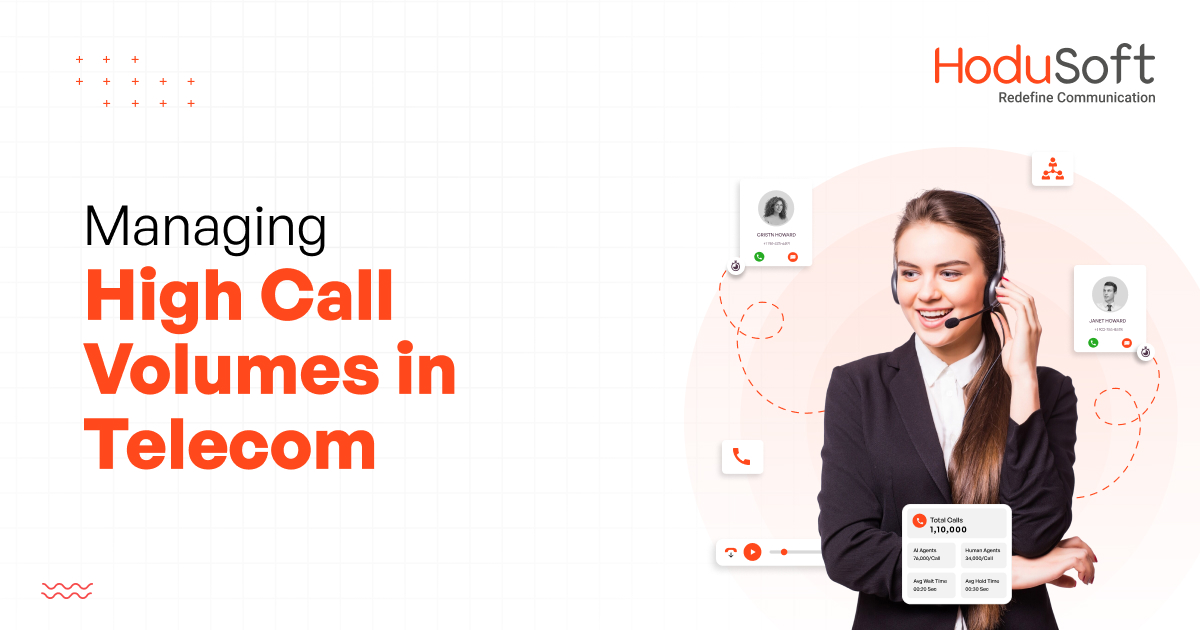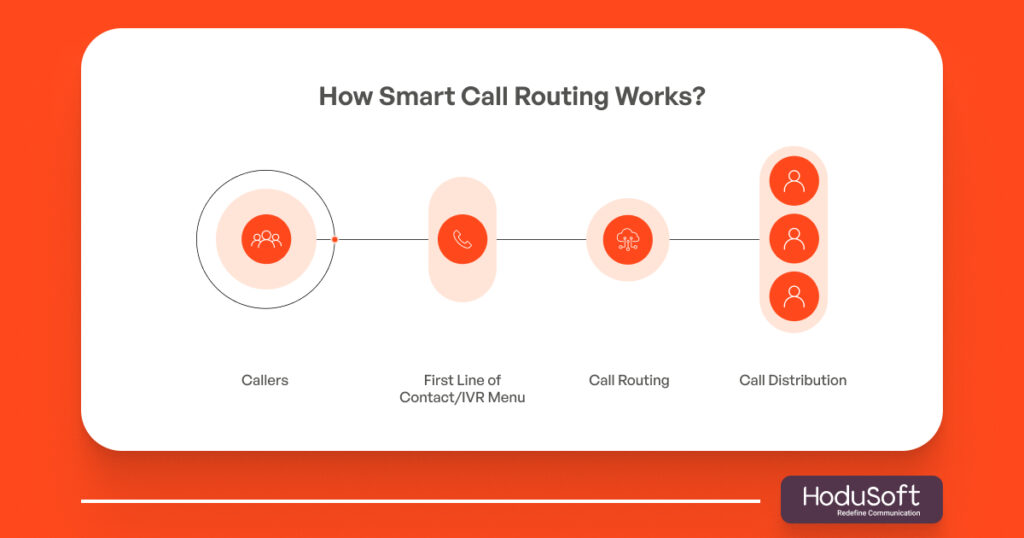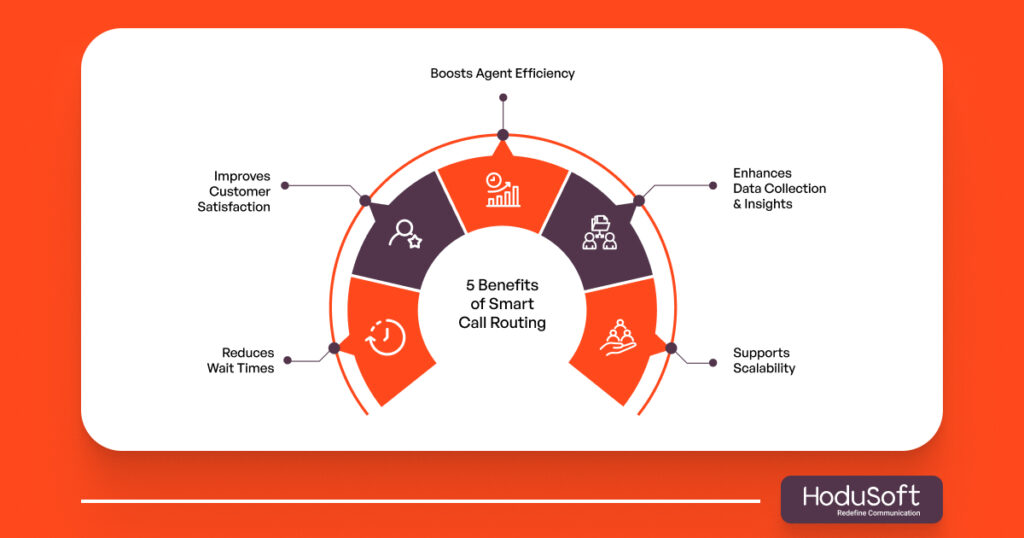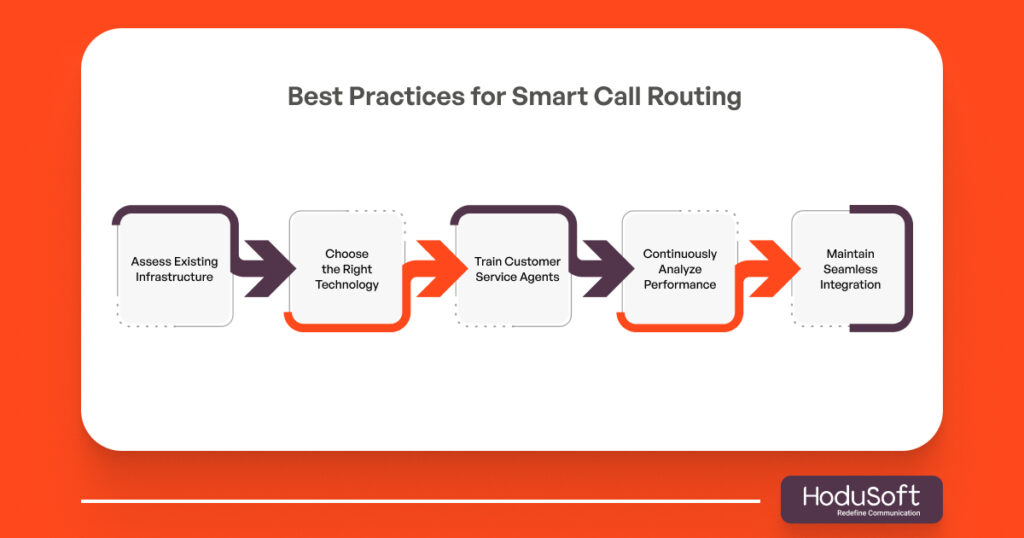Manage Telecom Call Volume with Smart Call Routing
“Intelligent routing is the driver for survivability.” This is an excerpt from the book ‘Telecom Extreme Transformation: The Road to a Digital Service Provider.’
The book, which was published in 2021, is acclaimed as a survival guide for contemporary telecom service providers. It lays the roadmap for telecom companies around the world to evolve from traditional Communication Service Providers (CSPs) to Digital Service Providers (DSPs). In many of its chapters the book has highlighted the role of intelligent routing that would help telecom providers take their business to the next level.
It’s no secret that telecom companies deal with huge call volumes and a constant influx of messages. But in an industry where customer experience is everything, not answering is simply not an option. Telecom service providers must not only ensure that they respond to each and every incoming call and message but they do that as soon as possible without making customers wait for long.
This is where the need for streamlined call handling processes and intelligent call routing strategies becomes critically important. At HoduSoft, we have helped telecom companies and communication service providers of various sizes manage high call volumes efficiently without compromising on customer satisfaction or service quality.
In this blog post, we’ll discuss the common call volume challenges telecom companies face, what is intelligent call routing and what are its types, benefits of smart call routing, and the best practices to implement smart call routing.
Telecom Companies' Call Volume Challenge
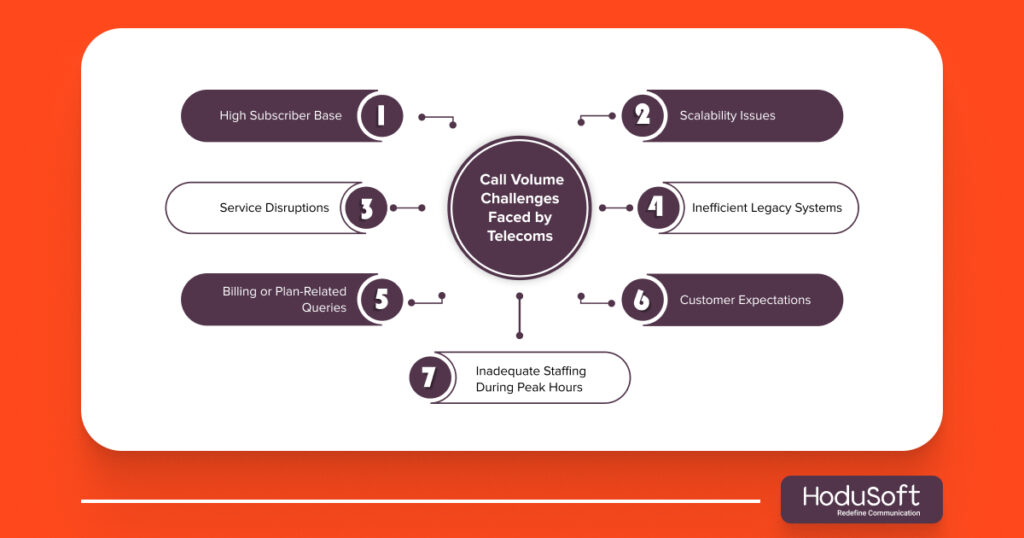
How many calls does an average telecom company handle? You got to ask any industry professional to believe it. A small-sized telecom provider receives hundreds of inbound calls on any given day. The midsized and bigger ones handle thousands of calls every day. Here are some key call volume challenges telecom companies face:
1. High Subscriber Base
The huge number of active users in an average telecom company puts pressure on call center operations. They call for different reasons starting from billing issues to common queries to service outages. The sheer volume of incoming calls daily affects agent performance, which in turn affects customer satisfaction.
2. Service Disruptions
Service disruptions and network outages can happen anytime. During that time, telecom companies and communication service providers can witness spikes in inbound calls and messages. Without intelligent call routing, telecoms struggle to route calls to the appropriate department. That increases wait times and results in abandoned calls.
3. Billing or Plan-Related Queries
Billing errors are one of the biggest challenges in the telecom sector. When customers suspect billing errors, they immediately contact the customer service department of the telecom companies of telecom companies and communication service providers. Such billing-related queries can flood telecom contact centers with repetitive phone calls.
4. Inadequate Staffing During Peak Hours
No matter how many employees telecom companies and communication service providers employ during the peak hours, the sheer volume of calls and messages could make them look like they’re understaffed. Apart from that, if high call volume comes unexpectedly during network issues or service disruptions, it can overwhelm contact center representatives.
5. Customer Expectations
A majority of customers expect faster resolutions and round-the-clock support regardless of time and situation. Even if telecom companies face huge contact volumes, customers are unwilling to wait. They would rather hang up the call than wait for longer than a minute. In such a scenario, it’s critical for telecom contact centers to meet the expectations of their customers and connect them quickly to the most appropriate agent.
6. Inefficient Legacy Systems
Telecom companies and communication service providers that use legacy systems to provide customer service face huge challenges during high call volume. Traditional call routing systems lack real-time data capabilities and seamless integration with digital platforms. This limits call routing system efficiency, slows down routing calls, and obstructs first call resolution.
7. Scalability Issues
During promotions or seasonal spikes, telecom contact centers face a high volume of calls and messages that can make it difficult to scale their operations. Using intelligent call routing based on analyzing customer data and routing rules can streamline call distribution and improve customer satisfaction.
What is Intelligent Call Routing?
As the name suggests, intelligent call routing or smart call routing is a feature in advanced communication systems that uses predefined routing rules and real-time data to direct calls to the most appropriate department or agent. |
Unlike traditional call routing systems, which often follow a static, linear pattern, intelligent call routing adapts to call data, agent performance, and customer needs.
Types of Intelligent Call Routing
There are several types of intelligent call routing. Each of them is designed to address specific needs within a telecom company’s call center operation.
1. Skill-Based Routing
Skill-based routing directs incoming calls to agents based on their specific expertise—such as product knowledge, language proficiency, or technical skills. By ensuring that customers are connected to the most appropriate agent, this method improves first call resolution, shortens wait times, and enhances customer satisfaction.
2. Time-Based Routing
With time-based routing, routing rules are configured according to the time of day or day of the week. For example, calls received after business hours can be redirected to another location or an after-hours support team. This ensures 24/7 availability and helps manage high call volumes during peak periods.
3. Geographic Routing
Geographic or location-based routing uses the caller’s area code or location data to route calls to the nearest call center or regional office. This enhances customer experience by providing localized support, addressing language preferences, and complying with regional regulations.
4. Round-Robin Routing
This method distributes direct incoming calls evenly among available agents. It helps balance workloads and prevents agent burnout, particularly in high volume call centers. While simple, it supports efficient call routing and consistent agent performance.
5. Priority-Based Routing
Priority routing uses customer data to identify high value customers or urgent queries and assigns them higher priority in the call queue. These calls are routed to senior or specialized agents to ensure fast, effective resolutions—boosting overall customer satisfaction.
6. Data-Driven Routing (CRM-Based Routing)
CRM-integrated routing uses real-time data and caller data from the company’s customer relationship management system to guide routing decisions. For instance, a returning caller with an unresolved issue can be connected to the same agent for continuity, improving customer service operations and loyalty.
7. Predictive Behavioral Routing
An advanced approach, predictive behavioral routing analyzes historical customer interactions, behavior patterns, and preferences to match callers with agents most likely to deliver a successful outcome. This results in a more personalized customer experience and improved key performance indicators.
8. IVR-Based Routing
Interactive voice response (IVR) or interactive voice response IVR systems collect input from callers through a phone menu (e.g., “Press 2 for Technical Support”) and use this information to route calls to the correct department. A well-designed IVR system also offers self service options, reducing the need for human intervention during high call volumes.
How Smart Call Routing Works in Telecom Contact Centers?
In a telecom contact center, smart call routing begins with capturing caller data through an IVR system or other customer interaction channels. The system then analyzes customer data, such as call history, service usage, and previous interactions, to determine the best route.
For example, an intelligent routing system might identify a repeat caller reporting a persistent technical issue and automatically route the call to a senior technician. Similarly, customer inquiries from premium users may be escalated using priority routing, reducing wait times and enhancing customer satisfaction.
These routing systems integrate seamlessly with CRM tools, enabling real-time decision-making and personalized call distribution. Efficient call routing improves agent performance by ensuring that each agent handles calls they are most qualified to resolve, reducing call durations and increasing first call resolution rates.
Streamline Your Business Processes with the Best Call Routing System
Key Benefits of Smart Call Routing
By directing calls more strategically based on real-time data and customer needs, telecom companies can significantly enhance both service quality and customer satisfaction. Here are some of the key benefits of implementing smart call routing in telecom operations.
1. Reduces Wait Times
Routing calls based on real-time data and agent availability helps reduce the time customers spend on hold. Effective call routing ensures that calls are directed to available and capable agents, decreasing overall call volumes in queues and minimizing abandoned calls.
2. Improves Customer Satisfaction
Smart call routing tailors the customer experience by connecting callers to agents who understand their needs. By avoiding unnecessary transfers and reducing wait times, intelligent call routing significantly improves overall customer satisfaction.
3. Boosts Agent Efficiency
When routing systems match calls to the right agents, it improves agent performance and morale. Agents spend less time on mismatched calls, allowing them to focus on delivering efficient customer service.
4. Supports Scalability
During peak periods, such as outages or marketing campaigns, routing strategies can dynamically adjust to maintain call center operation without compromising service quality. Intelligent routing systems scale effortlessly to manage high volume call centers.
5. Enhances Data Collection and Insights
Analyzing customer data gathered through routing systems helps in refining predefined routing rules and identifying trends in customer interactions. These insights can improve service quality and customer service operations.
Best Practices for Smart Call Routing
When it comes to handling high call volumes without compromising the customer experience, implementing smart call routing strategies is essential. An effective call routing system not only reduces wait times, but also ensures customer inquiries are handled by the right agents, leading to better service quality and enhanced customer satisfaction. To deploy an effective call routing system, telecom companies should:
1. Assess Existing Infrastructure
Begin by evaluating your current call center operation workflows. Identify pain points in call handling processes, track call volumes, and determine where routing methods fall short. This baseline assessment is key to optimizing routing strategies moving forward.
2. Choose the Right Technology
Opt for a smart call routing system that includes features like interactive voice response (IVR), intelligent routing, and real-time data analysis. Integration with AI-based tools allows for dynamic decision-making and efficient routing calls to the most suitable agents or departments.
3. Train Customer Service Agents
A system is only as effective as the people using it. Ensure your customer service agents are well-trained in the new call handling protocols and understand how to interact with intelligent call routing systems. Training helps improve agent performance and promotes efficient customer service.
4. Continuously Analyze Performance
Use call data and key performance indicators (KPIs) to measure the effectiveness of your routing strategies. Metrics like first call resolution, abandoned calls, and average wait times help refine routing rules and identify areas for improvement.
5. Maintain Seamless Integration
Ensure your call routing system integrates smoothly with other tools such as CRM platforms, IVR systems, and analytics dashboards. This seamless integration ensures agents have access to complete customer data, enabling personalized and efficient customer interactions.
Taking Everything Into Consideration,
As telecom companies continue to face the challenge of managing high call volumes, adopting intelligent call routing has become not just a smart move—but a necessary one.
From reducing wait times and optimizing agent availability to improving first call resolution and overall customer satisfaction, smart routing strategies transform how customer service operations function.
At HoduSoft, we have helped telecom companies and communication service providers of various sizes manage high call volumes efficiently, ensuring every customer interaction is handled with care and precision. Our solutions are designed to enhance customer satisfaction, optimize call handling processes, and empower service teams with the tools they need to succeed.
If you’re looking to streamline your customer service operations and transform your call center with smart, scalable routing systems, now is the perfect time to make the shift. To book a free demo, contact our team of experts today.

